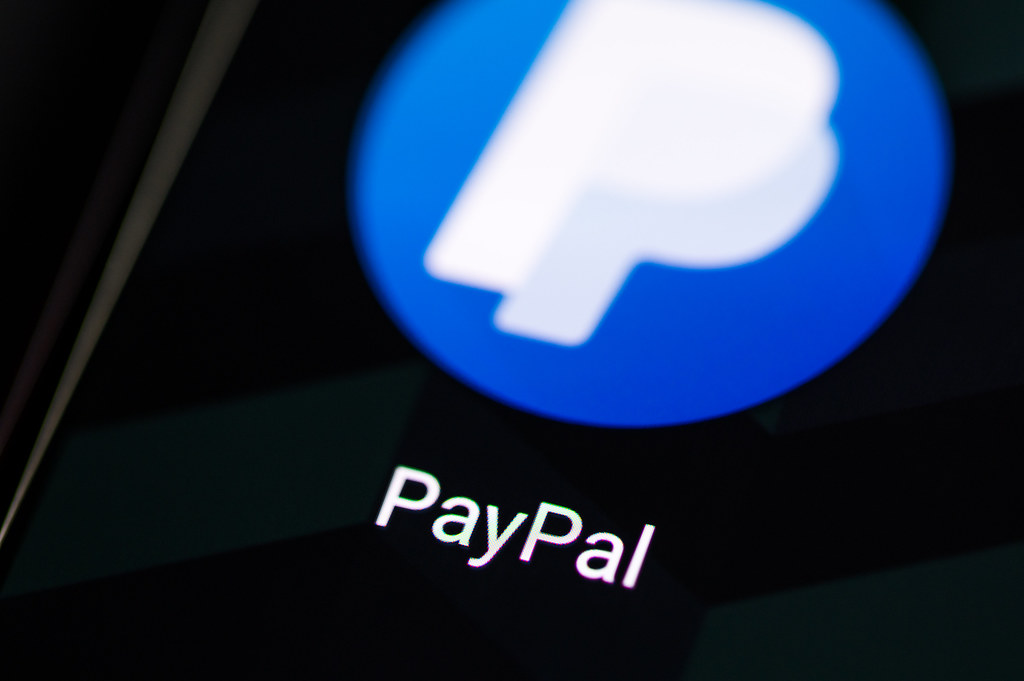
PayPal‘s U.S. dollar-pegged stablecoin, PayPal USD (PYUSD), has made a significant leap in blockchain interoperability by integrating with the cross-blockchain bridging protocol LayerZero. Announced on November 12, this integration marks a pivotal move to enhance PYUSD’s functionality across diverse blockchain ecosystems, specifically between Ethereum and Solana.
Cross-Chain Functionality
LayerZero’s statement revealed that PYUSD is now utilizing its Omnichain Fungible Token (OFT) Standard to facilitate cross-chain transfers. This technology empowers users to seamlessly move their assets between blockchains autonomously, bypassing the need for centralized platforms such as Venmo or PayPal. This development underscores a shift towards greater autonomy and flexibility in managing digital assets.
Since its market peak with a capitalization of $1 billion on August 26, PYUSD has seen fluctuations in its distribution across the Ethereum and Solana networks. Initially, the bulk of PYUSD circulated on Solana, but recent metrics from DefiLlama indicate a shift with a larger portion now on Ethereum. This redistribution highlights the changing landscape of blockchain preference among stablecoin users.
PayPal’s strategic initiatives to broaden PYUSD’s reach include a collaboration with Anchorage Digital to introduce a rewards program for clients holding PayPal USD stablecoins. The integration with Solana in May, supported by alliances with Crypto.com, Phantom, and Paxos, aimed to facilitate user onboarding onto this high-speed network.
Furthermore, PayPal’s partnership with MoonPay enhances the ease of purchasing cryptocurrencies via PayPal accounts, expanding into applications like the crypto betting platform Polymarket.
Comparison with Other Stablecoins
Despite these advancements, PYUSD still trails behind the dominant stablecoins in the market, Tether (USDT) and USD Coin (USDC), which boast colossal market capitalizations of approximately $118 billion and $35 billion, respectively. This gap underscores the competitive landscape of stablecoins and the ongoing efforts required to secure a more substantial foothold in this crowded market.
The integration of LayerZero is a testament to PayPal’s commitment to adapting to the evolving needs of the digital asset space. By facilitating easier and more secure cross-chain transactions, PYUSD is poised to enhance its utility and appeal to a broader user base. This move is likely to catalyze further innovations within PayPal’s suite of crypto offerings, signaling a robust future for PYUSD as it seeks to bridge the gap with its more established counterparts.
In the rapidly evolving world of cryptocurrencies, PayPal’s strategic integration with LayerZero for PYUSD offers a glimpse into the future of financial technology where interoperability and user autonomy are paramount. This initiative not only advances PYUSD’s practicality and appeal but also sets a new standard for how stablecoins can operate fluidly across multiple blockchains. By reducing reliance on centralized platforms, PayPal is not just following current trends but is actively shaping the future landscape of digital payments. This move may well catalyze a new era of innovation in the crypto space, urging competitors to similarly enhance their offerings to meet the growing demand for versatile, cross-chain compatible financial instruments.
Featured image credit: Ivan Radic via Flickr
Follow us for more breaking news on DMR
